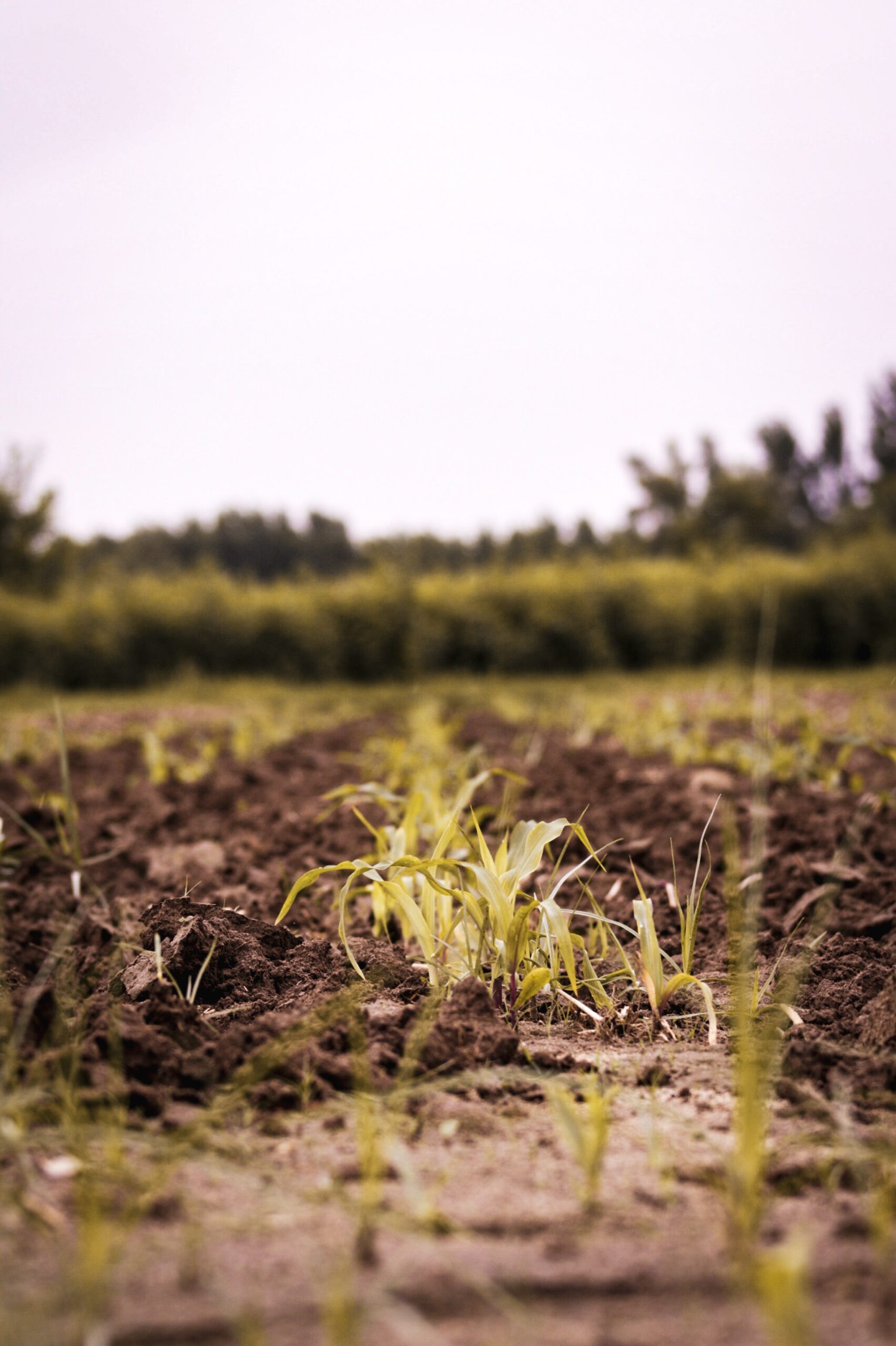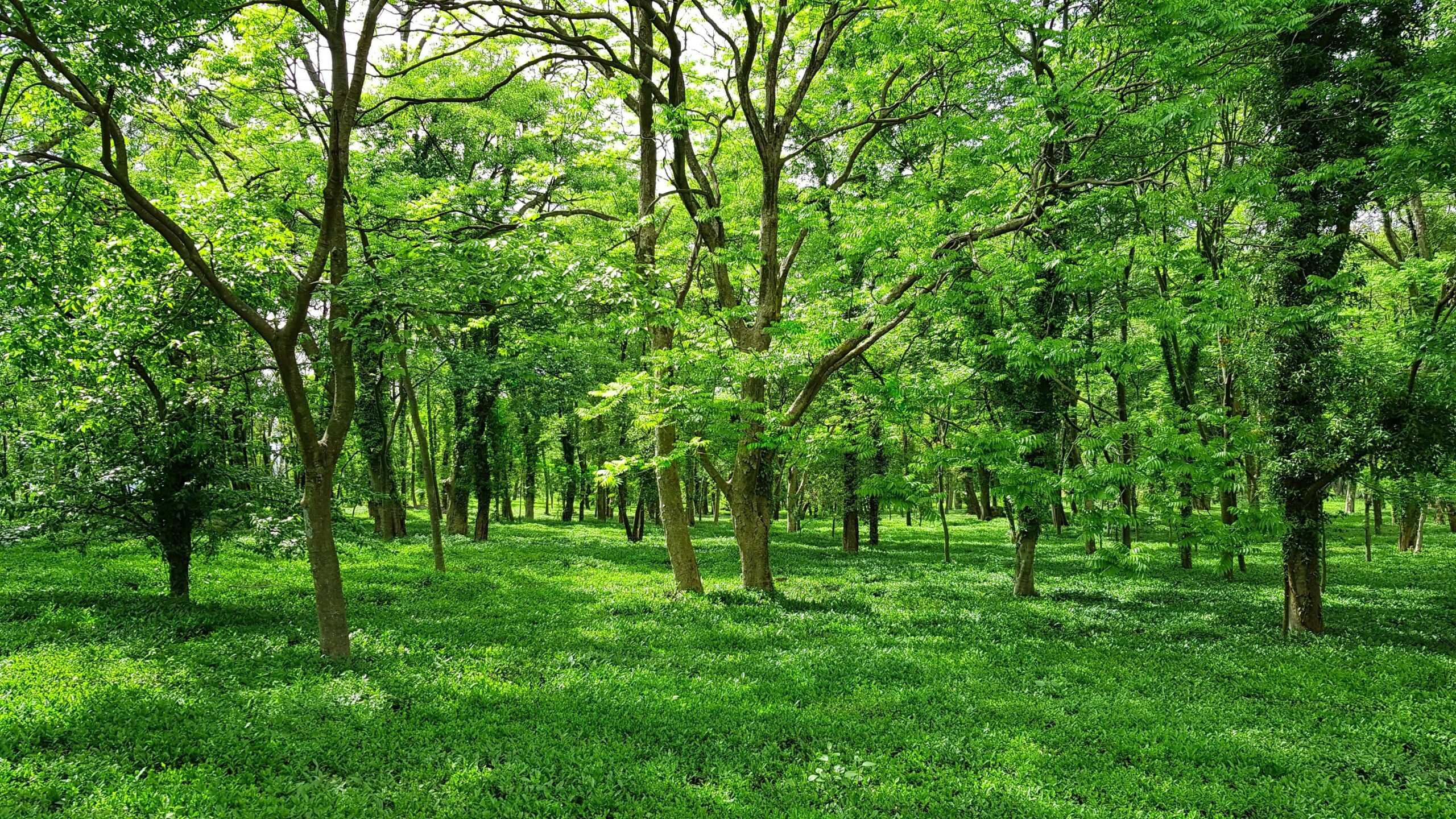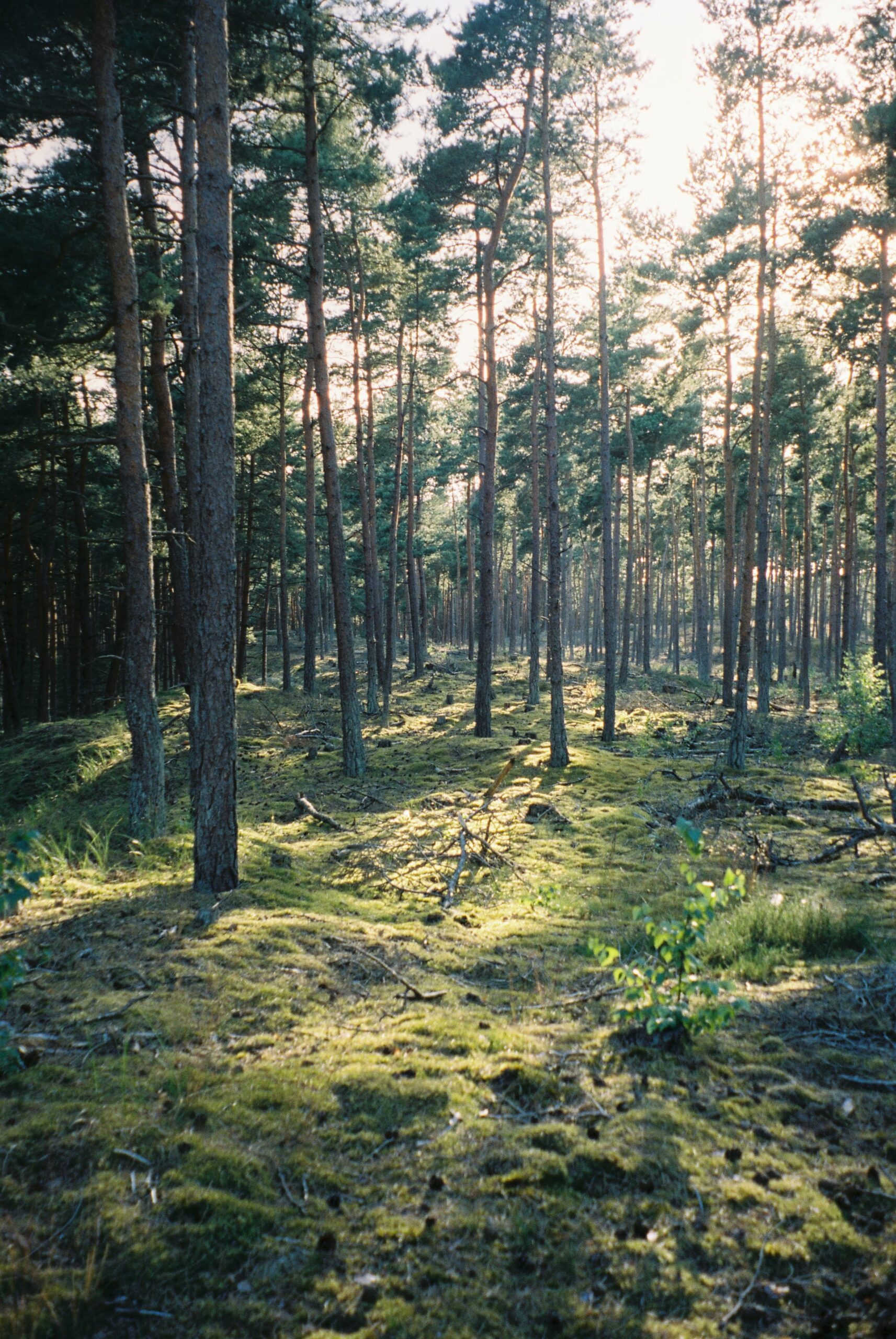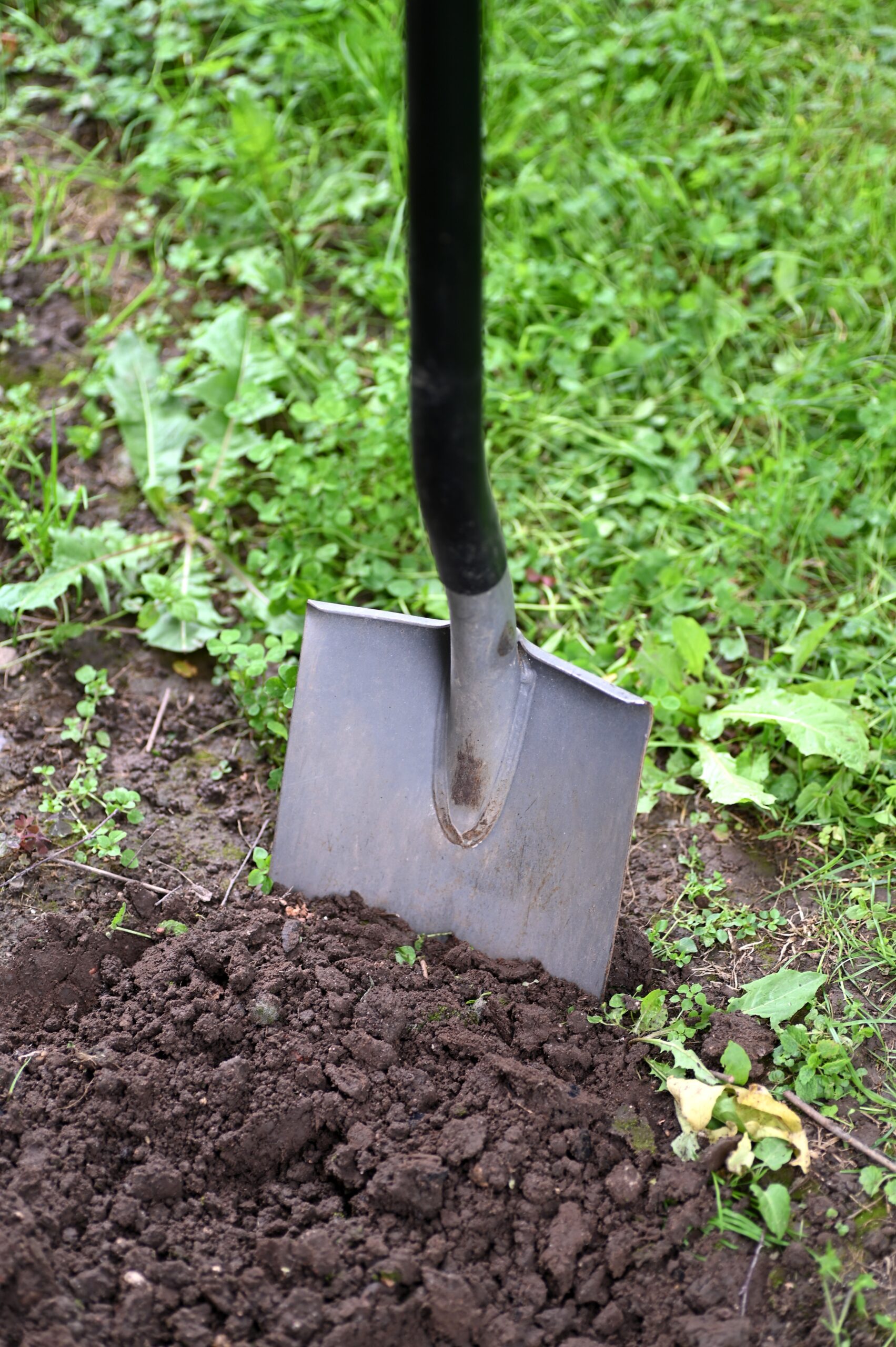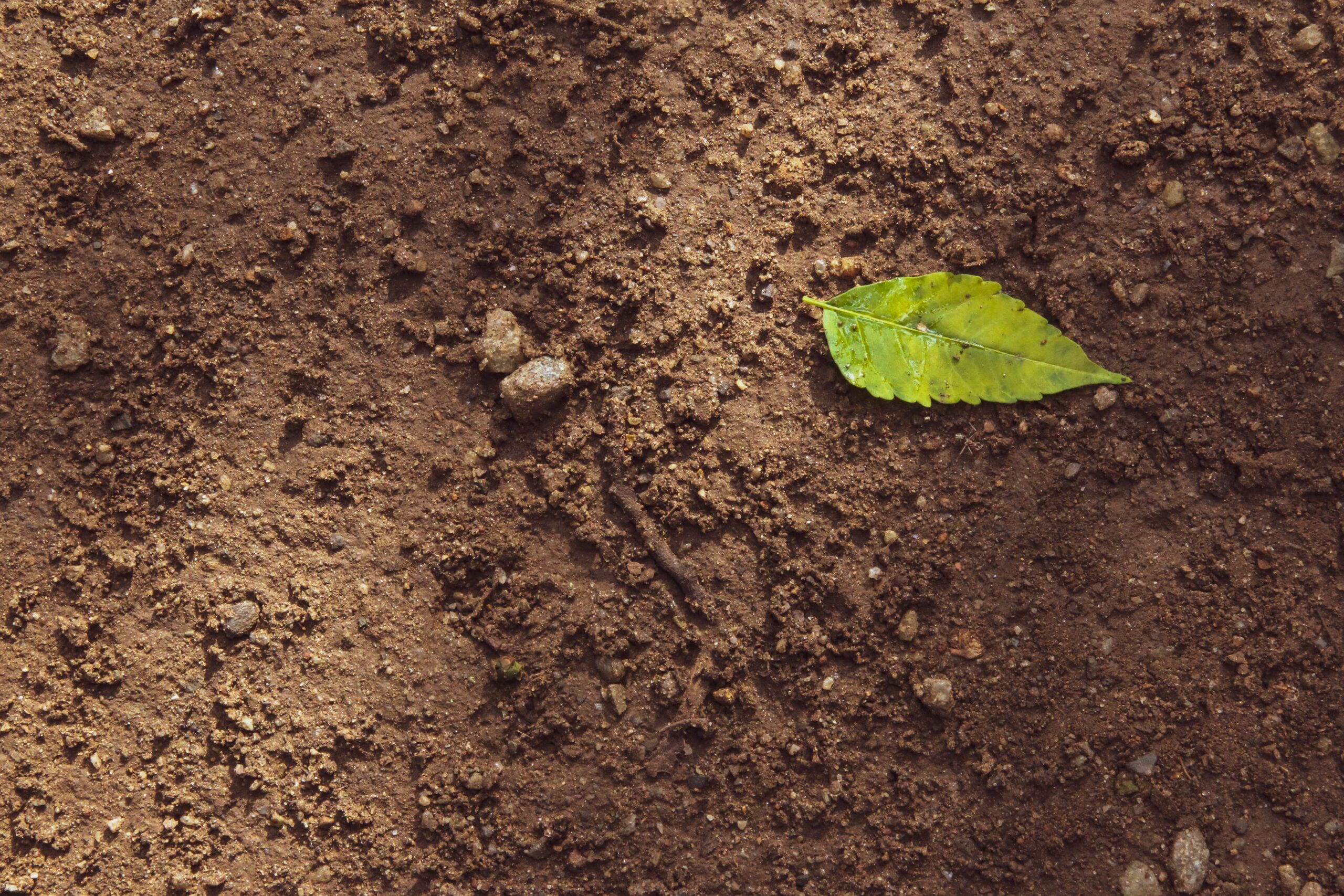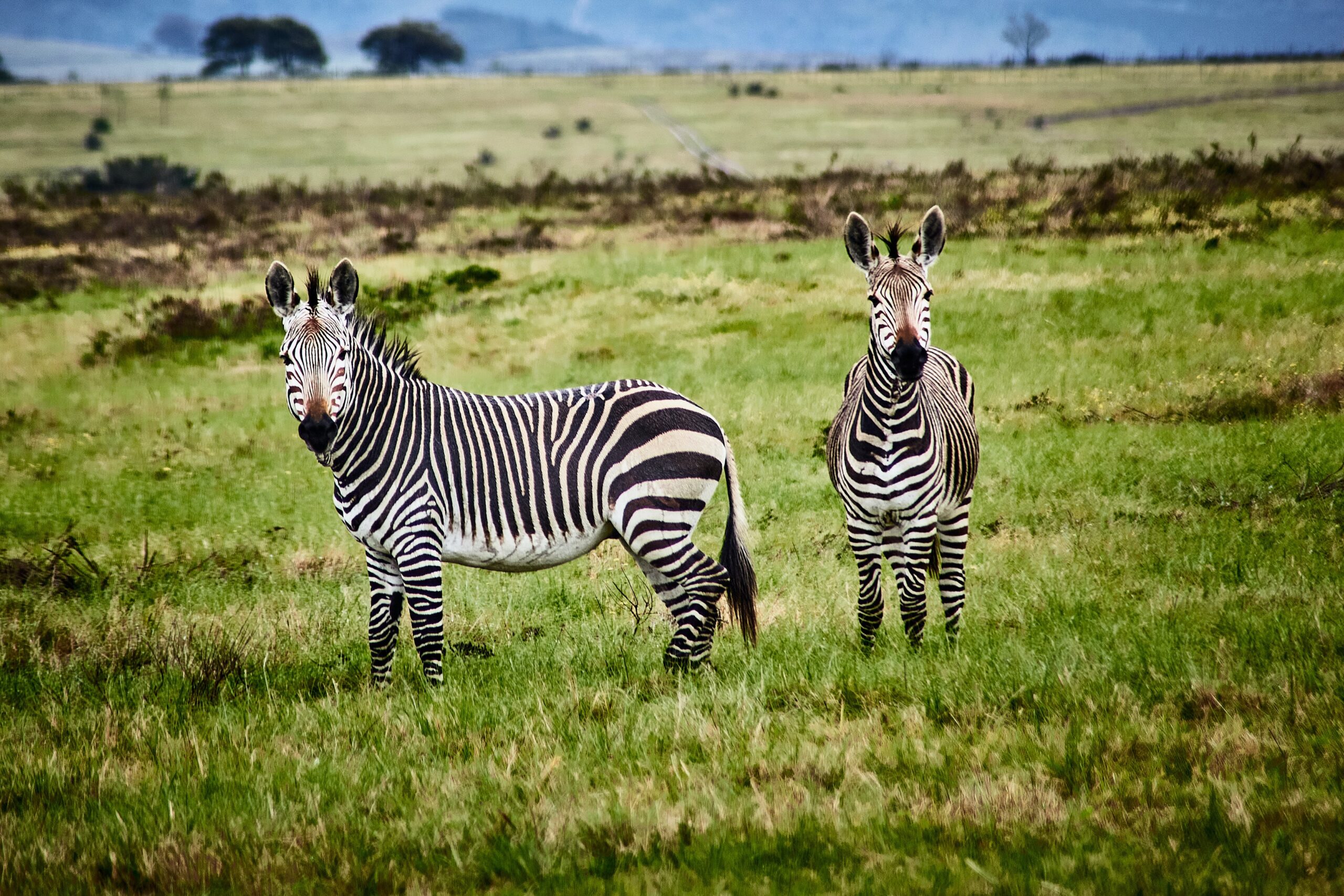Conservation biologists struggle to decide how many animals to save. In this article, I outline 18 approaches to setting population target levels (PTLs) for animals, with rules of thumb and analytical recommendations for each approach. Minimally viable populations, the most common target level, are necessary but not sufficient for most efforts, given the range of values that bear on conservation. Reference ecosystems, either extant or historical, are key for setting practical target levels. Setting PTLs sufficient for conserved populations to be animals in all respects (including functional, social, landscape, ethical, aesthetic, and spiritual aspects) is a critical consensus point. In many cases, densities, as well as overall population size, will need to be specified. I suggest a four-tiered system of setting incrementally higher population target levels such that conservation provides first for demographic sustainability, then ecological integrity, then sustainable use, and finally, restoration of historical numbers of wildlife, based on times when human beings had less impact on the planet than we do today.
How many animals do we want to save? The many ways of setting population target levels for conservation
Year: 2006
























































































































































































































































































































































































































































































































































































































































































































































































































































































































































































































